Physics
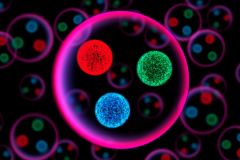
Jul 16th, 2025 - By Matter and antimatter are like mirror opposites: they are the same in every respect except for their electric charge. Well, almost the same—very occasionally, matter and antimatter behave differently from each other, and when they do, physicists get very excited. Now scientists at the world's largest particle collider have observed a new class of antimatter particles breaking down at a different rate than their matter counterparts. The discovery is a significant step in physicists' ... [Read More]
Source: scientificamerican.com
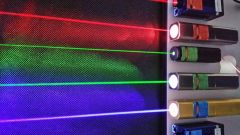
Jul 15th, 2025 - Now we have a chip with built-in electronic control — stabilizing a quantum process in real time. For the first time scientists have built a silicon chip combining quantum light with electronic circuits. The built-in electronic system monitors and stabilizes quantum light sources in real time. In terms of future production, the chip can be fabricated in high-volume commercial semiconductor foundry. The invention is the result of a collaboration between Northwestern University, Boston ... [Read More]
Source: digitaljournal.com
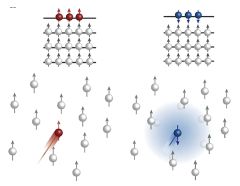
Jul 14th, 2025 - , Phys.org Spintronics are promising devices that work utilizing not only the charge of electrons, like conventional electronics, but also their spin (i.e., their intrinsic angular momentum). The development of fast and energy-efficient spintronic devices greatly depends on the identification of materials with a tunable spin-selective conductivity, which essentially means that engineers can control how electrons with different spin orientations move through these materials, ideally using ... [Read More]
Source: phys.org
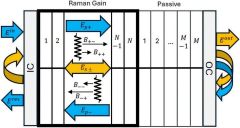
Jul 14th, 2025 - Macquarie University researchers have demonstrated a technique to dramatically narrow the linewidth of a laser beam by a factor of over ten thousand—a discovery that could revolutionize quantum computing, atomic clocks and gravitational wave detection. In research in APL Photonics , the team described using diamond crystals and the Raman effect—where laser light stimulates vibrations in materials and then scatters off those vibrations—to narrow the linewidth of laser beams by ... [Read More]
Source: phys.org
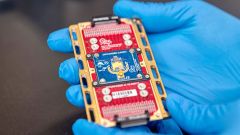
Jun 25th, 2025 - Scientists have developed a new type of computer chip that removes a major obstacle to practical quantum computers, making it possible for the first time to place millions of qubits and their control systems on the same device. The new control chip operates at cryogenic temperatures close to absolute zero (about minus 459.67 degrees Fahrenheit, or minus 273.15 degrees Celsius) and, crucially, can be placed close to qubits without disrupting their quantum state. "This result has been more than a ... [Read More]
Source: livescience.com
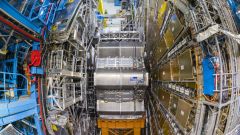
Jun 23rd, 2025 - New approach is already having an impact on the experiment's plans for future work. Measurements at the Large Hadron Collider have been stymied by one of the most central phenomena of the quantum world. But now, a young researcher has championed a new method to solve the problem using deep neural networks. The Large Hadron Collider is one of the biggest experiments in history, but it's also one of the hardest to interpret. Unlike seeing an image of a star in a telescope, saying anything at all ... [Read More]
Source: arstechnica.com
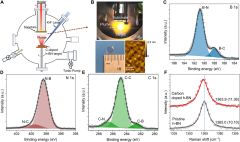
Jun 23rd, 2025 - Scientists across the world are working to make quantum technologies viable at scale—an achievement that requires a reliable way to generate qubits, or quantum bits, which are the fundamental units of information in quantum computing. The task has so far remained elusive, but one of the materials that has garnered a lot of attention as a possible qubit platform is hexagonal boron nitride (h-BN), a 2D material that can host solid-state single-photon emitters (SPEs). Like the name ... [Read More]
Source: phys.org
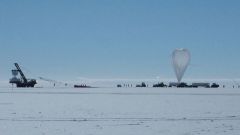
Jun 20th, 2025 - Sign up for CNN's Wonder Theory science newsletter. Explore the universe with news on fascinating discoveries, scientific advancements and more . Scientists are trying to solve a decade-long mystery by determining the identity of anomalous signals detected from below ice in Antarctica. The strange radio waves emerged during a search for another unusual phenomenon: high-energy cosmic particles known as neutrinos. Arriving at Earth from the far reaches of the cosmos, neutrinos are often called ... [Read More]
Source: cnn.com
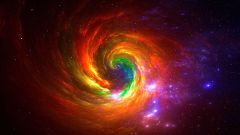
Jun 19th, 2025 - The universe's invisible dark matter might swirl into spinning clumps laced with countless tiny vortices, new theoretical work suggests. The findings, published May 30 in the journal Physical Review D , offer a fresh perspective on the strange behavior of "ultralight" dark matter — a hypothetical substance made of extremely light elementary particles. In the new study, physicists explored what happens when a dark matter halo rotates — a natural expectation for real galaxies, which ... [Read More]
Source: livescience.com

Jun 18th, 2025 - Physicists have been searching for ways to link photons and local quantum bits in a single system. One approach that uses quantum dots is particularly appealing. By carefully steering atomic nuclear spins, researchers have found a way to store and retrieve quantum information without sacrificing stability or flexibility. Recent experiments with gallium arsenide quantum dots revealed a technique where 13,000 entangled nuclear spins cooperated to form a robust "dark state." This effort was led by ... [Read More]
Source: earth.com
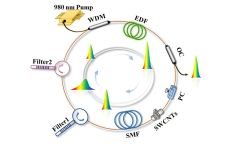
Jun 17th, 2025 - Lasers have widespread applications as a light source in a variety of fields, including manufacturing, medicine, high-speed communications, electronics, and scientific research. In recent years, the demand for lasers with increased control over their output has grown significantly. In particular, ultranarrow bandwidth mode-locked lasers, which can produce extremely short laser pulses (short bursts of light) ranging from picoseconds to nanoseconds, have received considerable attention. Such ... [Read More]
Source: phys.org

Jun 15th, 2025 - Timekeepers once trusted wobbling pendulums and vibrating quartz. Now, the world's best quantum clocks probe energy gaps inside single atoms, counting oscillations with parts‑per‑quintillion precision. Professor Marcus Huber of the Atomic Institute at TU Wien and his collaborators have upended a rule that many physicists treated as gospel: double the accuracy, double the energy bill. Old clocks needed more energy Every clock marries a periodic event to a counter. The event ... [Read More]
Source: earth.com
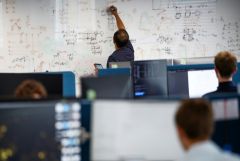
Jun 14th, 2025 - Quantinuum has made a number of important quantum computing advances over the past several years. The latest is solving some of the problems of knot theory. In a recent paper , scientists at the firm Quantinuum have announced the development of a practical quantum algorithm for solving a fundamental problem in a field of mathematics known as knot theory . Knot theory Knot theory is a field of mathematics called 'low-dimensional topology', with a history, stemming from an idea proposed by ... [Read More]
Source: digitaljournal.com
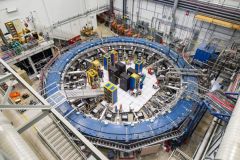
Jun 9th, 2025 - By The Standard Model of particle physics—the best, most thoroughly vetted description of reality scientists have ever devised—appears to have fended off yet another threat to its reign. At least, that's one interpretation of a long-awaited experimental result announced on June 3 by physicists at the Fermi National Accelerator Laboratory, or Fermilab, in Batavia, Ill. An alternative take would be that the result—the most precise measurement ever made of the magnetic wobble of ... [Read More]
Source: scientificamerican.com
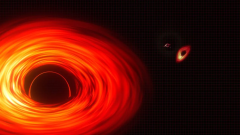
Jun 4th, 2025 - Scientists might be on the verge of cracking one of the biggest problems in physics, allowing them to finally create a grand Theory of Everything. Currently, two separate theories are used to explain different aspects of the Universe around us – quantum mechanics and gravity . Though many have attempted to bring the two together into a single idea, no one has yet managed to create a convincing theory. "Combining gravity and quantum theory into a unified framework is one of the central ... [Read More]
Source: sciencefocus.com
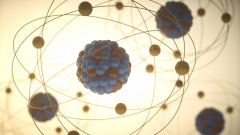
May 31st, 2025 - A mysterious second flavor of hydrogen atoms — one that doesn't interact with light — may exist, a new theoretical study proposes, and it could account for much of the universe's missing matter while also explaining a long-standing mystery in particle physics . The mystery, known as the neutron lifetime puzzle, revolves around two experimental methods whose results disagree on the average lifetime of free neutrons — those not bound within atomic nuclei — before they ... [Read More]
Source: livescience.com